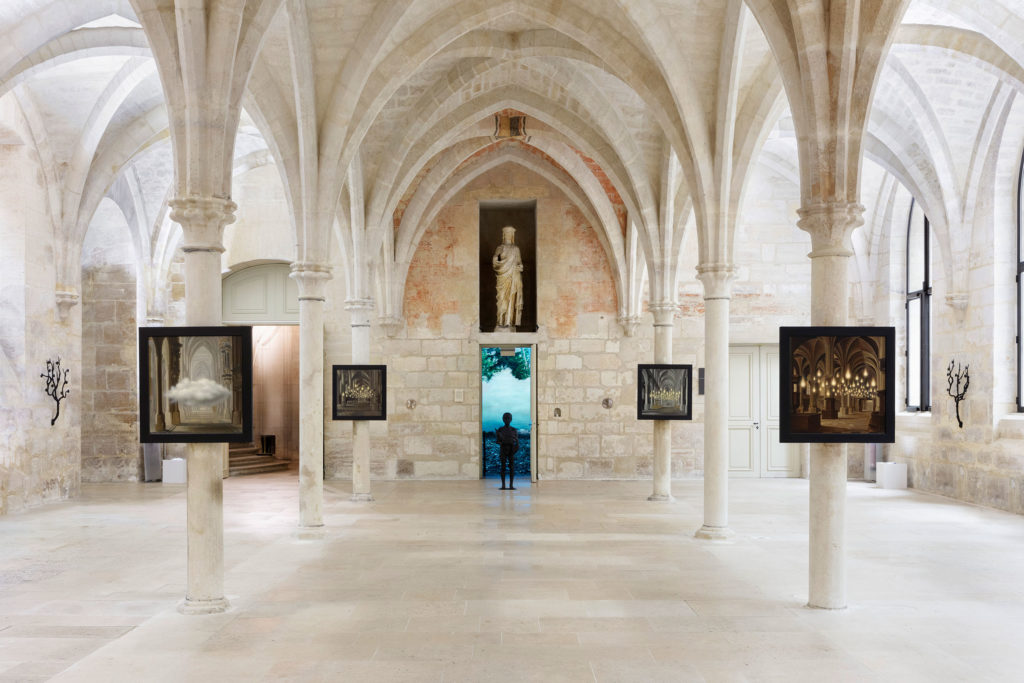Share the post "The alchemy of the image in the order of time: interview with artist Laurent Grasso"
Laurent Grasso (Mulhouse, 1972), a contemporary French artist with evocative and multifaceted works, has often enchanted audiences with his ability to mix past and present, history and technology, to create works that challenge conventions and inspire profound reflections. French but of Italian origins since his parents are originally from Ariano Irpino in the province of Avellino, since Grasso began his artistic journey, he has undertaken a journey through the nuances of perception and human reality.
His works, which range from painting to video art, from sculptures to installations, have captured attention around the world for their conceptual complexity and their ability to transport viewers into a world of reflection and contemplation.
In this exclusive interview, we explore the creative world of Laurent Grasso, discovering his inspirations, his techniques, and his visions on the challenges and opportunities of contemporary art. A journey through the mind and heart of an artist who continues to redefine the boundaries of imagination and perception.

In 2008 Grasso won the Marcel Duchamp Prize, the highest French award for young artists and among the most important works: Elysée (2012) is an installation that explores power and the representation of power, inspired by the official residence of the French president, the Élysée Palace; The Silent Movie (2019): a multimedia work that explores the interaction between sound and image, using silent films and ambient noise; Soleil Double (2015): a work that explores the idea of double and reflection, using an artificial double sun that moves slowly through space.
How did you take your first steps in the world of art and when did you understand that it would be your life’s profession?
I started working in art when I went to art school. Before that, I was at university, where I studied sociology. Thanks to a group of friends who were involved in decorative arts in Strasbourg, I began to spend my time drawing. I was reading a lot, especially philosophy, listening to music, and traveling, among other things…, and so, over time, a lot of questions grew in me. But at that point, I had never had any experience of the art world. That same year, I entered school and started drawing, and everything changed very quickly.
My first work was a painting. I painted with different colors, with optical effects, on a green background with flowers and plants… I played a lot with these elements and contrasting colors. I was looking for a way to explore the world around me, analyzing everything to find my way.
It requires being very strong and asking questions ranging from politics to sociology and philosophy, and then finding the answers. One has to have life experiences and a high level of knowledge and find something interesting to frame.

Five years ago [in 2019], I organized an exhibition entitled Seismography of the Soul with Sean Kelly gallery, in which I displayed artworks that put into shape this intuition that the artist is a receiver of the world’s vibrations, a bit like a seismograph. As an artist, I raise problems through my practice, amplifying the questions we ask ourselves.
